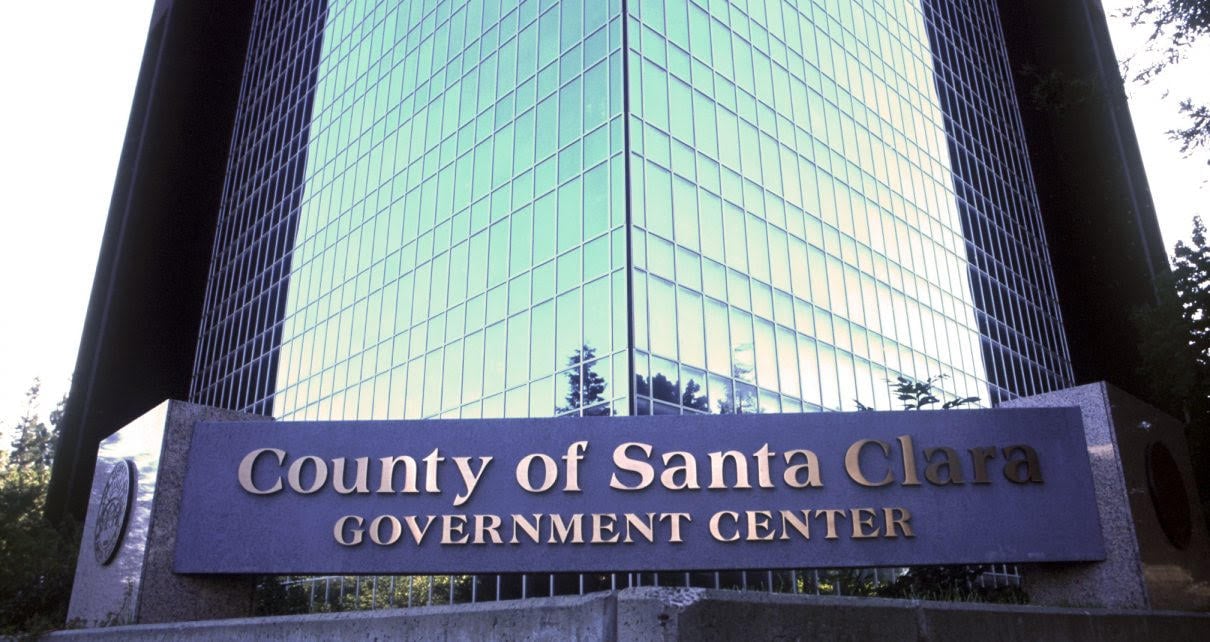Santa Clara County’s Board of Supervisors will vote on Tuesday on whether to proceed with drafting amendments to Stanford’s Community Plan and Land Use Agreement that would determine conditions of the University’s expansion. The potential changes mark a new phase in the University’s relationship with the county administration, following the University’s withdrawal of a new General Use Permit (GUP) application last fall.
If a majority vote to approve the referral, county staff will move forward with additional research into expanding municipal services and supporting graduate affordability, as well as proposals for amendments to both the Community Plan and the Land Use Agreement.
Community Relations & Land Use Communications Officer Joel Berman said he was not able to comment before The Daily’s publication deadline.
Supervisors Cindy Chavez and Joe Simitian sent a memo to the Board of Supervisors recommending approval of the referral and outlining issues to address. They include the relocation of the “possible future school site” designation, which allocates land that can be developed by the Palo Alto Unified School District, and a 99-year extension of the 1999 Academic Growth Boundary, which designates zones in which academic development can occur.
“We have a process in this county, which ordinarily begins a conversation with what’s called a referral,” Simitian told The Daily. “But this is really a first step in generating a wider range of conversations and possible actions on the issues contained in this four-page memo.”
According to Simitian, most of the land-use issues that the proposed changes address were uncovered during the process of drafting and negotiating the recent GUP application.
“Had the application not been withdrawn, [these issues] would have been addressed, but the application was withdrawn,” he said. “You can’t spend three years doing a deep dive, without generating a little bit of a to-do list.”
The memo also proposes additional research into supporting graduate student affordability and expanding municipal services, areas that were focal points of discussion related to the last GUP application.
“[During the GUP process] the grad students I thought did a very good job of articulating their concerns about housing affordability,” Simitian said, saying that graduate affordability issues had not been specifically addressed in past County studies. Simitian recently attended a Graduate Student Council meeting to discuss affordability issues and future University land development.
The GUP application process also revealed a need for studying the state of municipal services on Stanford’s campus, according to Simitian. Under the current agreements, a condition of Stanford’s maintaining its unincorporated status is providing its community with public safety measures. The University has both its own fire department and public safety department.
“I think the three-year deep dive that we did on the GUP highlighted the fact that it was important to revisit the nature and extent of services provided by the University on the campus,” Simitian said. “Going forward, the University has expressed a desire for greater certainty about what the expectations are, and this seems like a way to provide that greater certainty.”
The extension of the Academic Growth Boundary is intended to mitigate the possible environmental impacts of the University’s potential expansion, according to Simitian. The current boundary shields the foothills, an important ecological zone, from development.
“On the Academic Growth Boundary, this is more about the importance of making sure that we are clear about the long-term expectation of compact growth, smart growth,” Simitian said, adding that future growth should remain contained in the flatlands rather than the foothills.
The Stanford Community Plan is a subset of Santa Clara County’s General Plan. Passed in 1985, it arbitrates the complex relationship between the County and the University’s land use. Stanford’s land holdings largely reside on unincorporated territory.
“In this unique case, the University has become a de-facto community,” Simitian said. “I mean you’ve got a zip code, right? 94305, that’s Stanford. It’s got a place name. It’s a self-contained community in many respects.”
Contact Grace Carroll at gac23 ‘at’ stanford.edu.
